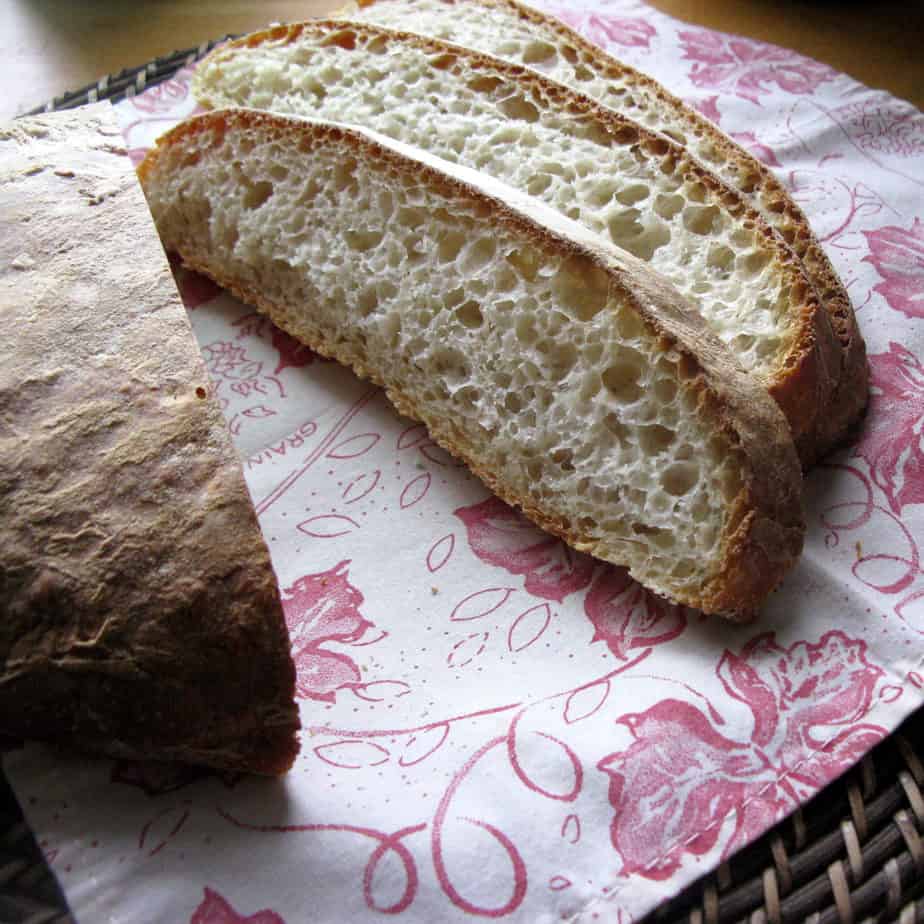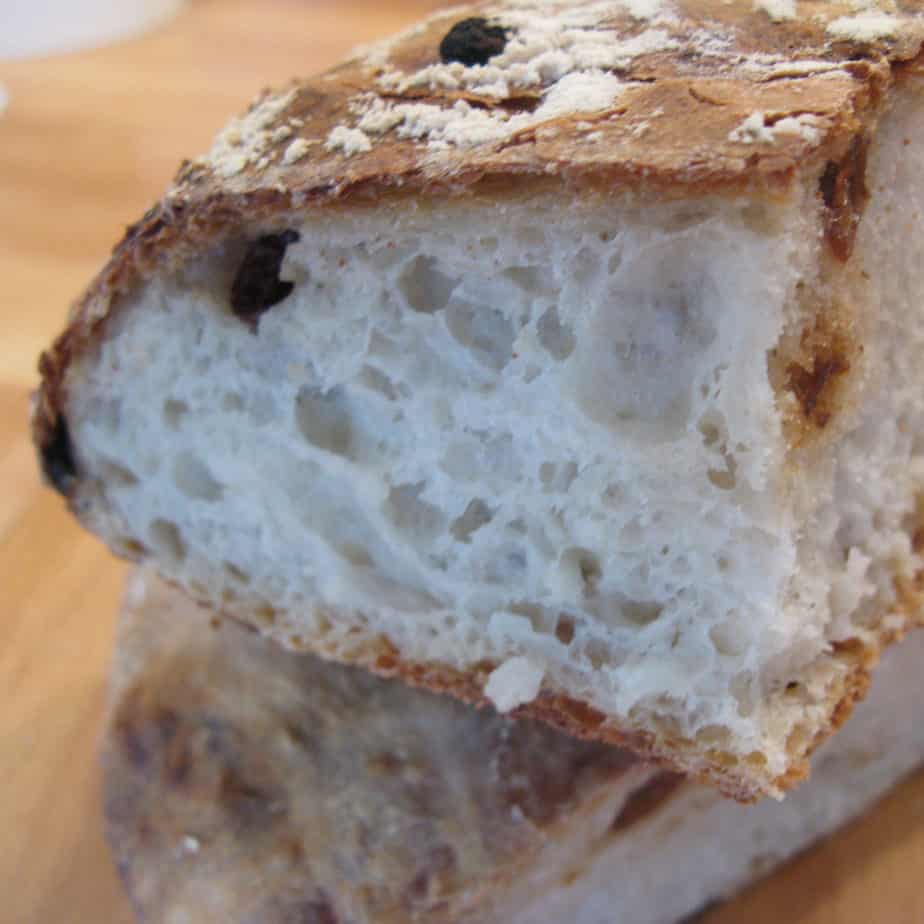Despite the powerful impact it can have on our daily life and on our ability to eat healthy and balanced meals most days, our freezer is often the most under-estimated, under-appreciated, and overlooked appliance in the house.
Our freezer is often a disorganized mess of re-sealable storage bags and plastic containers with who-knows-what in them.
Yet, a well-used freezer can save us time and money, and can help make healthy eating much easier and quicker... and as a result, much more consistent and sustainable.
In this article, I am sharing with you 10 tips to become a freezer ninja, so that you can save time, save money, and improve your eating habits and the health of your family.
1. Some foods don’t freeze well
- Raw produce that has a high water content tends to not do well once it has thawed. For instance: lettuce, cucumber, tomatoes, celery, peppers, or watermelon. When you freeze such fruits or vegetables, they end up all watery and their structure is altered once you thaw them. You don't even have to intentionally freeze them to notice this. If your fridge is too cold or such produce touches the back of the fridge, you might actually experience the same problem. Story short: avoid freezing such foods.
- Homemade creamy sauces often don’t freeze very well, as they have a tendency to “separate” and lose their smoothness and creaminess. Tomato-based sauces on the other end, often freeze really well.
2. Some foods are "meant" to be frozen
The large majority of foods can be frozen with great success.
Some of my favorite things to freeze are:
- Soups and stews
- Meat-based or tomato-based sauces
- Tortillas & bread (sliced if possible)
- Baked Goods (muffins, cookies, etc)
- Meat (especially ground meat)
- Fish (pre-portioned)
- Grapes (for a crunchy and sweet snack)
- Bananas in chunks (for smoothies)
3. Don't wait too long before you freeze
Freezing will keep most foods from going bad, but it will not bring them back to life if they are already old or stale, or close to being rotten.
Don’t let bananas go brown on your counter. Peel them, cut them in chunks, put them in a bag or container and throw them in the freezer. You can use them later to make delicious smoothies or ice cream. But do so before they go bad.
Once food has reached a point of no return, freezing won’t help in any way. When in doubt, just throw the food away or use as compost. Again, freezing won't improve the food and make it fresher.
4. Mix and match storage options
Choosing the right storage option when freezing is key. You don't want to end up with an entire salmon frozen as-is or a one-gallon container of soup if you live on your own.
Here are some storage options to help you use your freezer in a smarter way:
- Ice cube trays or muffin tins
Here are some foods and liquids that you can turn into frozen cubes:
- Tomato paste
- Minced garlic
- Grated ginger
- Lemon juice
- Soup broth
- Herbs infused in olive oil
- Vegetable or fruit purees (muffin tins are great for that!)
- Fruit with water (such as berries for fancy and colorful ice cubes)
- Pesto
Buy a stackable set of ice cube trays to save space and keep things organized. Don't forget to label your trays, otherwise you might end up with bone broth in your next blueberry smoothie!
- Mason Jars
Don't overfill the jar, otherwise the glass might shatter! Leave at least 1 inch at the top to allow for the fluid to expand when frozen. Wide-mouth jars will be easier when it comes to using the content of your frozen jars.
- Stackable Pyrex Sets
Pyrex containers are great to preserve freshness for a long time and also to see what's inside the container. Still, it's important to label everything you freeze... see tip #7.
If you can, it’s best to avoid plastic containers and plastic wrap for storage as they may leak chemicals from the plastic into your food, especially if you re-use them in order to have less of an impact on the environment.
Note: you can also freeze directly in the cooking dish if you have enough dishes and enough room in your freezer. For instance, when I make quiches or pies, I let them cool down completely in the pie dish, cover with wax paper or aluminium foil, and throw everything in the freezer directly.
5. Let food cool down just long enough
Let your food cool down at room temperature until it can be put in the fridge, then, only when it's nice and cold do you put it in the freezer.
Do not let food sit around at room temperature for too long. Harmful bacteria may start to grow. Freezing won't kill bacteria. It only keeps it from growing while the food stays frozen. Whatever is in the food when you freeze it will be there again when you thaw it. So again: when in doubt, throw it away!
Make sure to not rush into freezing mode when dealing with baked goods. You might think that the earlier you freeze bread for instance, the fresher it will be when you get it out of the freezer, right? But actually, if you freeze bread that still has plenty of moisture in it because you just baked it, it will end up full of ice crystals and will be all crumbly once you thaw it. Be patient, wait a few hours at least before you freeze homemade bread.
If you are not sure how to make delicious and healthy bread at home even without cooking or baking experience and even when you are in a rush, check out my next Virtual Bread Making Class! It's super fun and it can be an absolute game changer when it comes to keeping your blood sugar stable and managing your weight! Click HERE for more details.

Whole Wheat Bread

Low in Gluten

Rasin Bread
6. Freeze in small portions
Instead of covering a whole casserole dish and putting it in the freezer, divide it into single servings (or family-size servings) so that you can thaw your dish as-needed rather than get too much out of the freezer at once and then have to leave it in the fridge for several days. It is best to consume thawed foods quickly.
7. Label!
Masking tape and a sharpie will work great. Label every single container in your freezer with the date and what's inside the container. And of course, try to eat the older food first, so that you don't end up with food that is 3 years old at the bottom of your chest freezer.
8. Keep an inventory
Keeping a freezer inventory on your phone in the note app can save you time and money, as you will always know what you have in your freezer when you go grocery shopping. It can also help you when meal planning, so that you know right away what you have on hand.
I will be honest with you, this is the only tip that I don't follow myself... I think it's great to do it, but for me, it's just a little too much structure 🙂
9. Thaw frozen food properly
Do NOT leave meat, fish, or food in general on the counter overnight to thaw. Harmful bacteria can start to grow.
An exception to that rule would be bread or other baked goods that don't contain eggs, dairy, etc. When I teach my virtual class on how to make healthy rustic French bread from scratch, I explain that you can leave the loaf of bread on the counter overnight, or put in the oven for about 10 minutes at 350 degrees F (depending on the size of the loaf), so that you end up with fresh bread out of the oven again.
The best practice to thaw frozen food is to remove it from the freezer and let it thaw in the fridge. It takes longer but it is the safest way.
If it’s a casserole or vegetables that you are going to cook in the oven, you can just have them directly go from the freezer to the preheated oven as long as they are in an oven-proof dish. If you have soup or stew in a jar, place the jar into a hot-water bath, just enough to be able to pour the content of the jar into a pan and reheat on the stove.
10. Re-Freezing
The only time it can be safe to re-freeze food is if it has been thawed in the refrigerator. And still, I personally would not recommend re-freezing meat or sea food, or foods in general. As a rule of thumb, I suggest that you never re-freeze anything, unless you took it raw from the freezer and thoroughly cooked it before re-freezing it as a dish.
Hopefully, all these tips are helpful to you and will help you improve your eating habits without having to add an extra chore to your busy day. If you want more help regarding meal planning, meal prepping, or eating healthy in general, reach out to me!
I always like to share real-life tips to help you eat healthy while also saving you time and energy, so that you can spend more hours doing the things that you truly want to do!
You can Contact Me directly or Schedule a Discovery Call at no charge if you are committed to improving your wellness!
